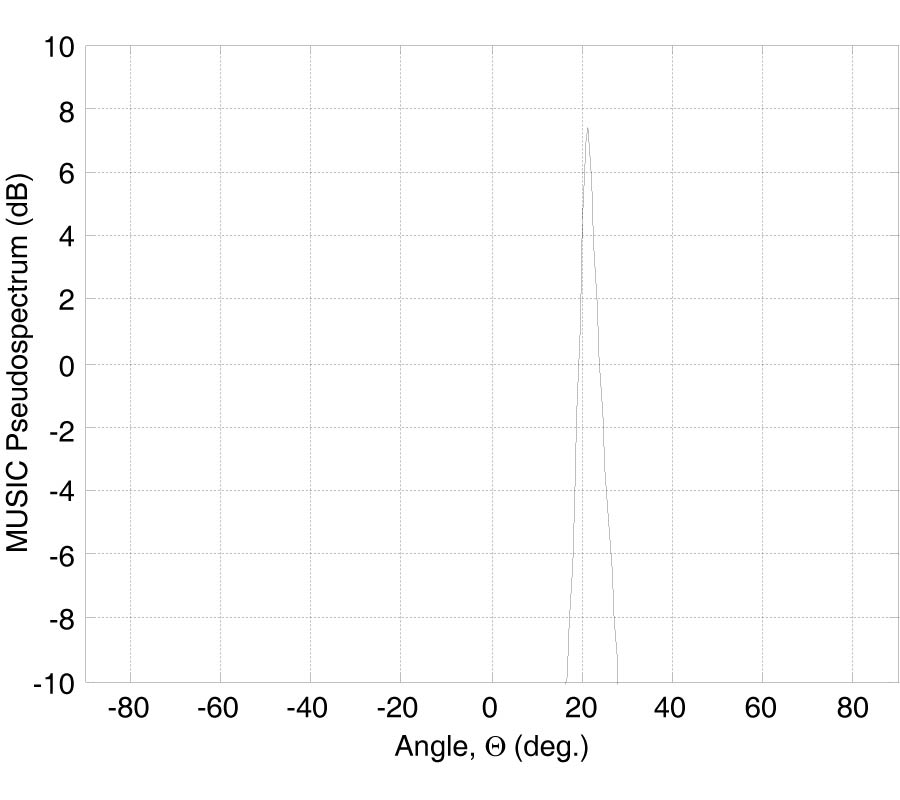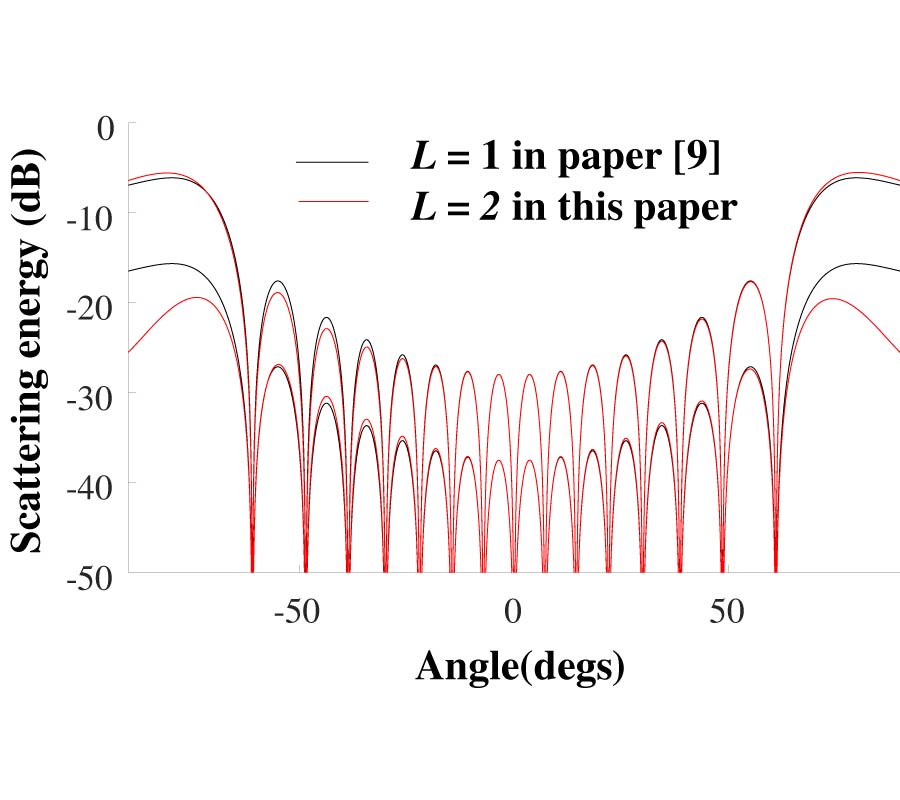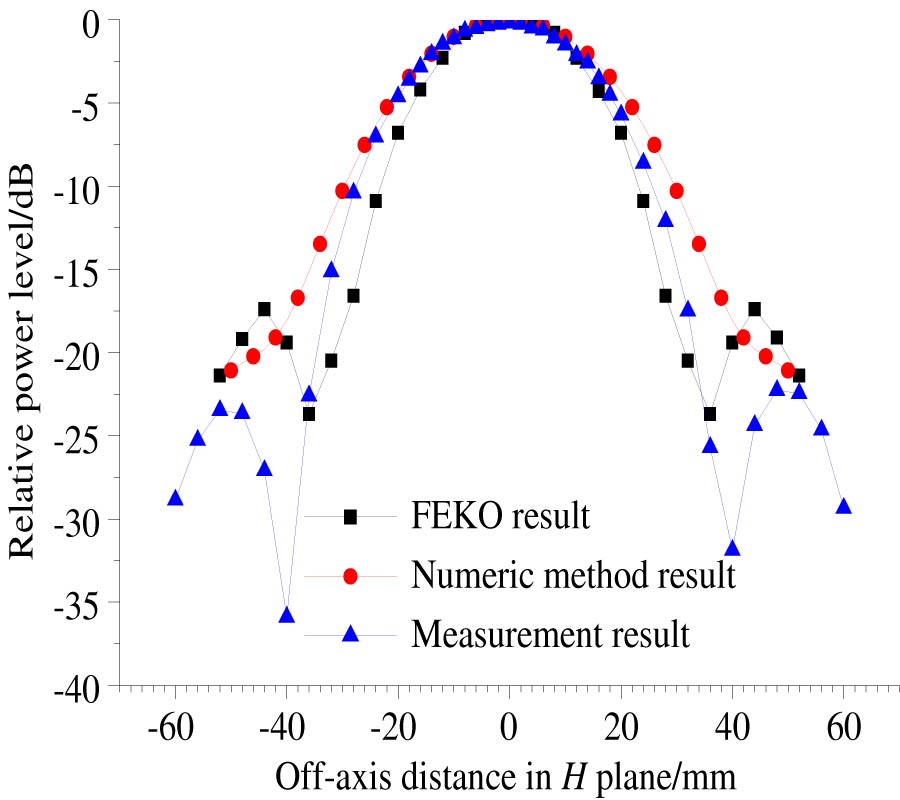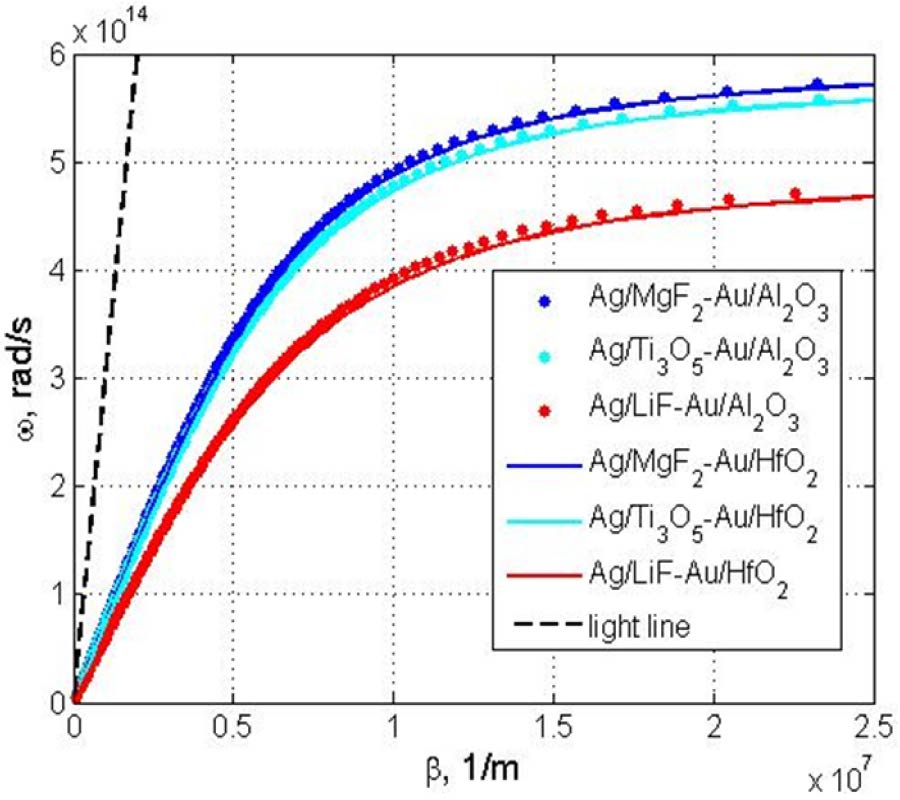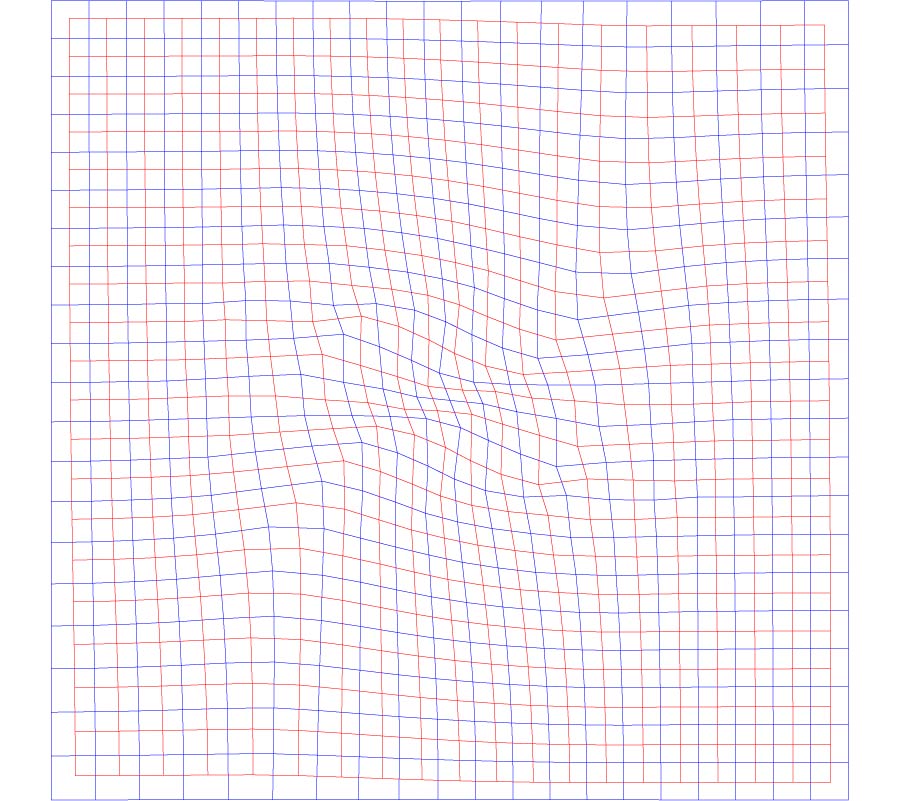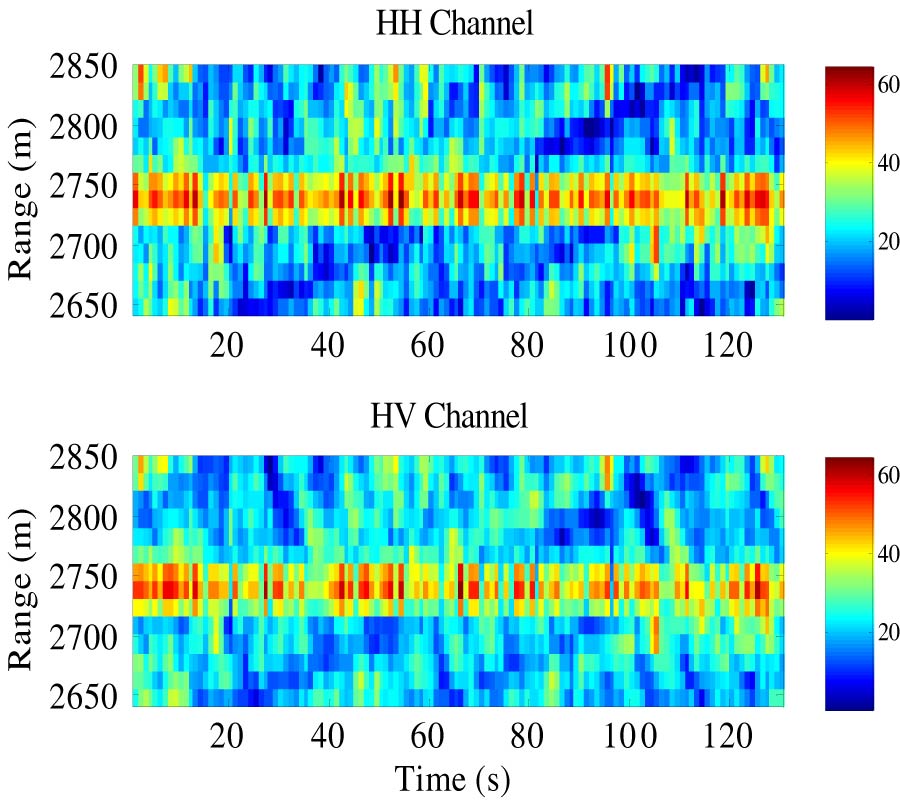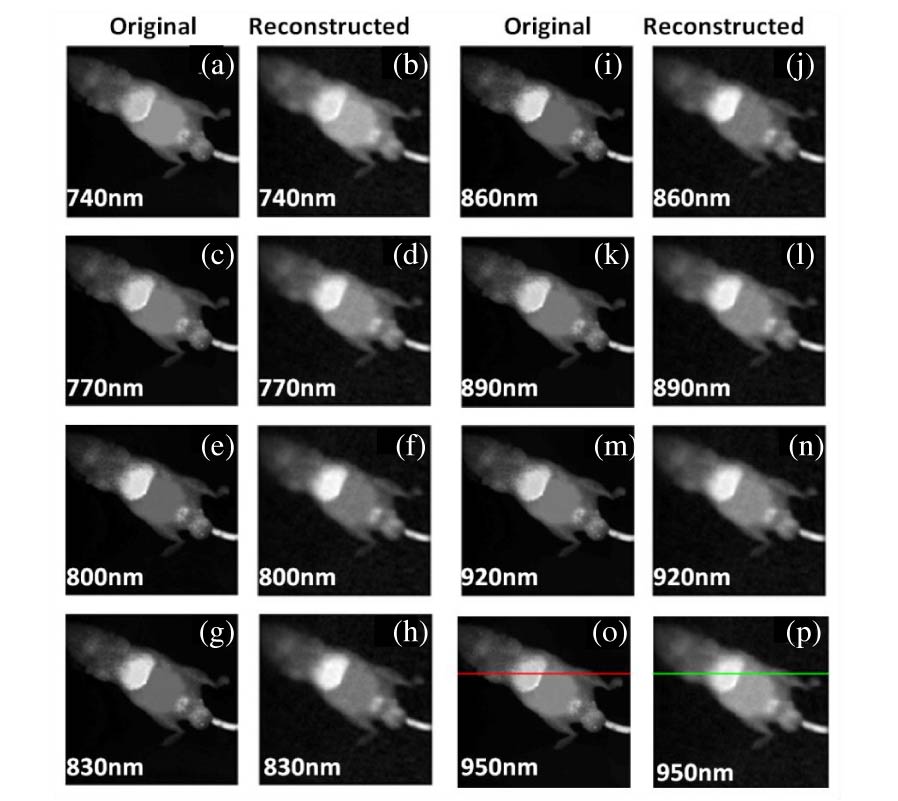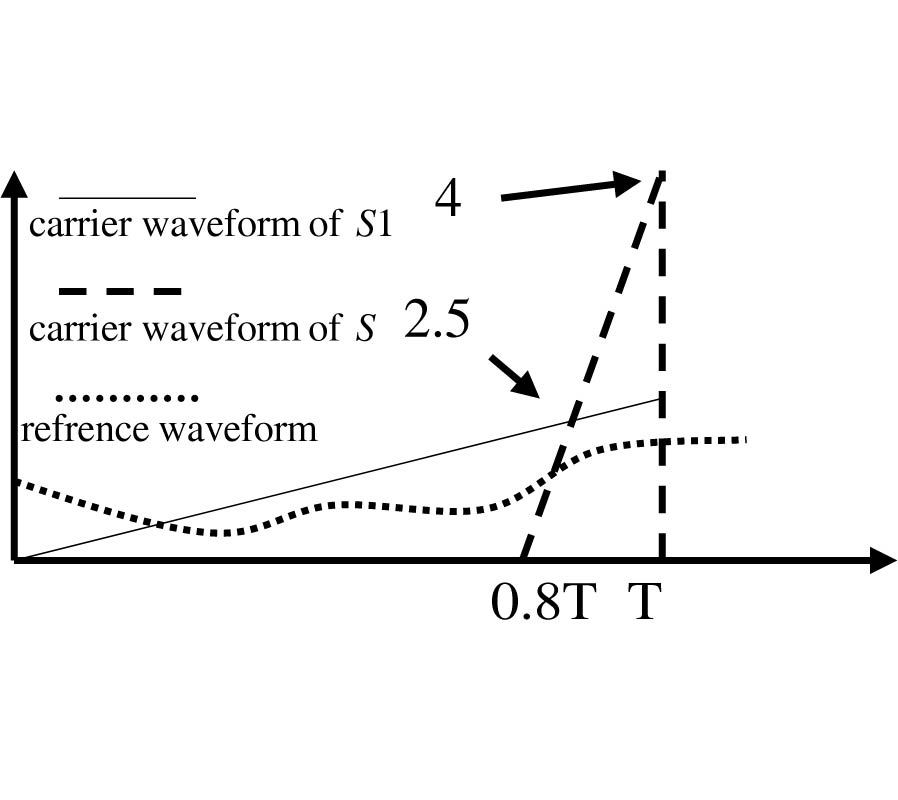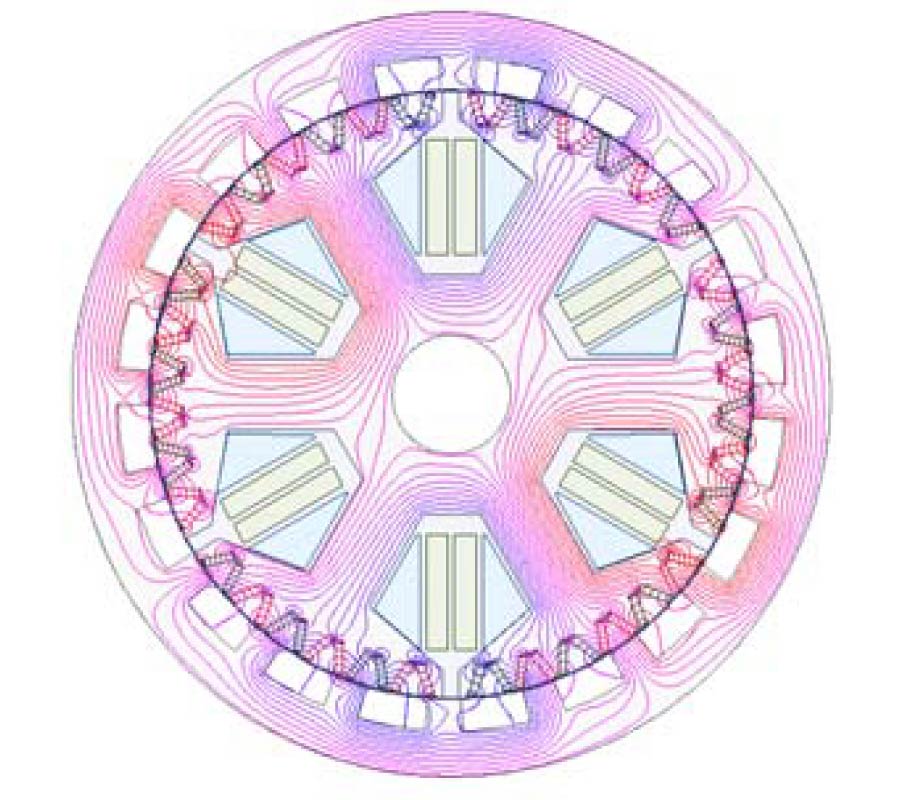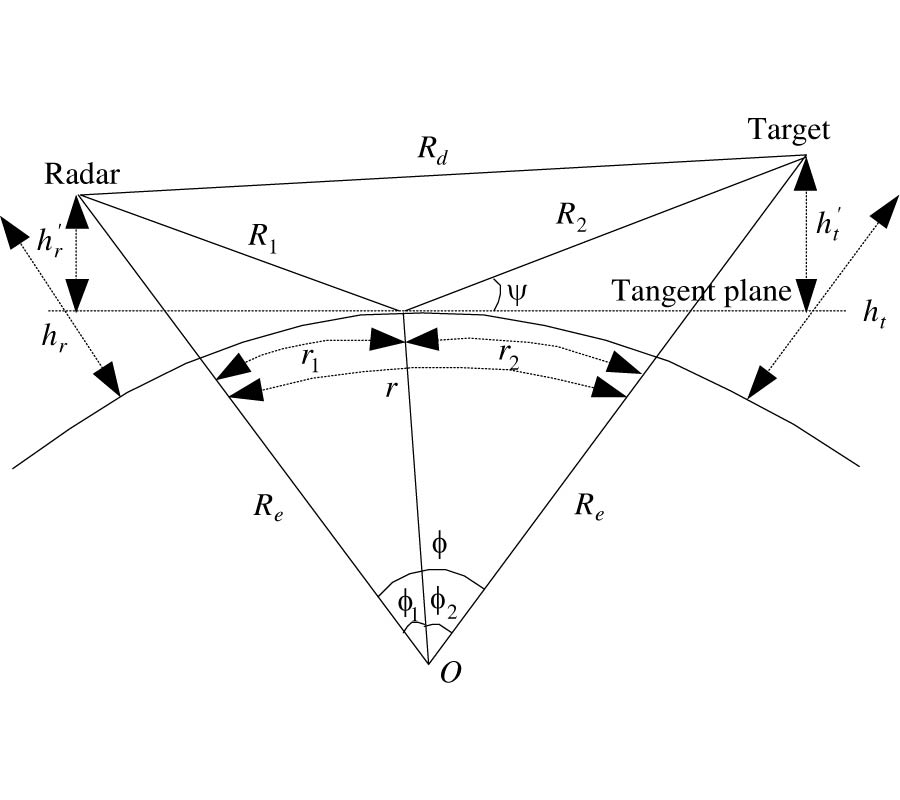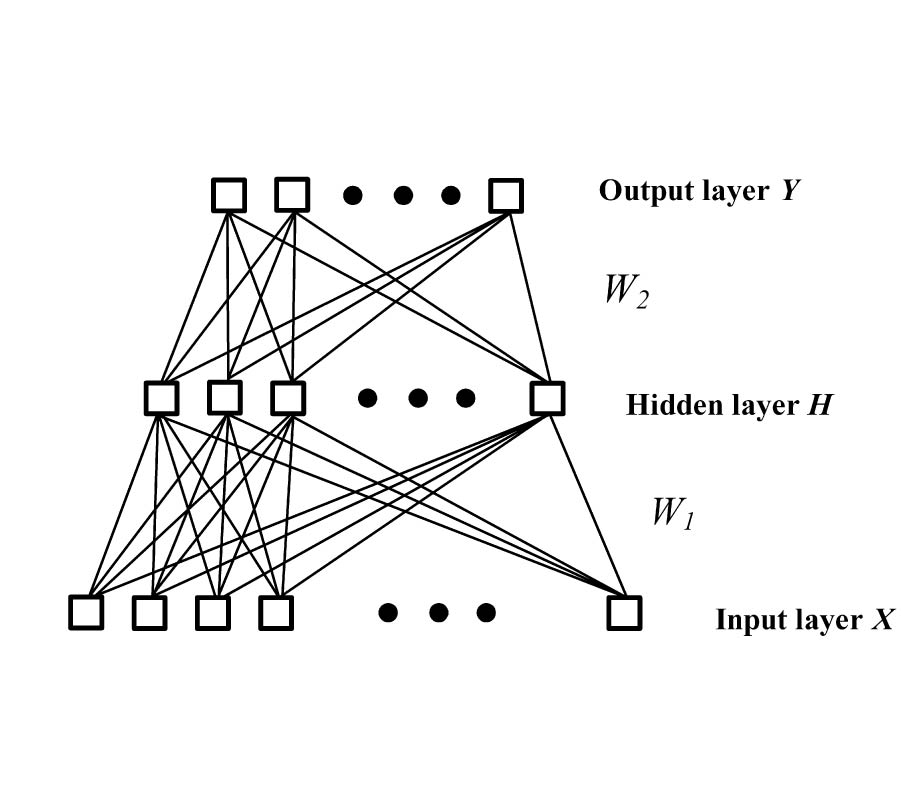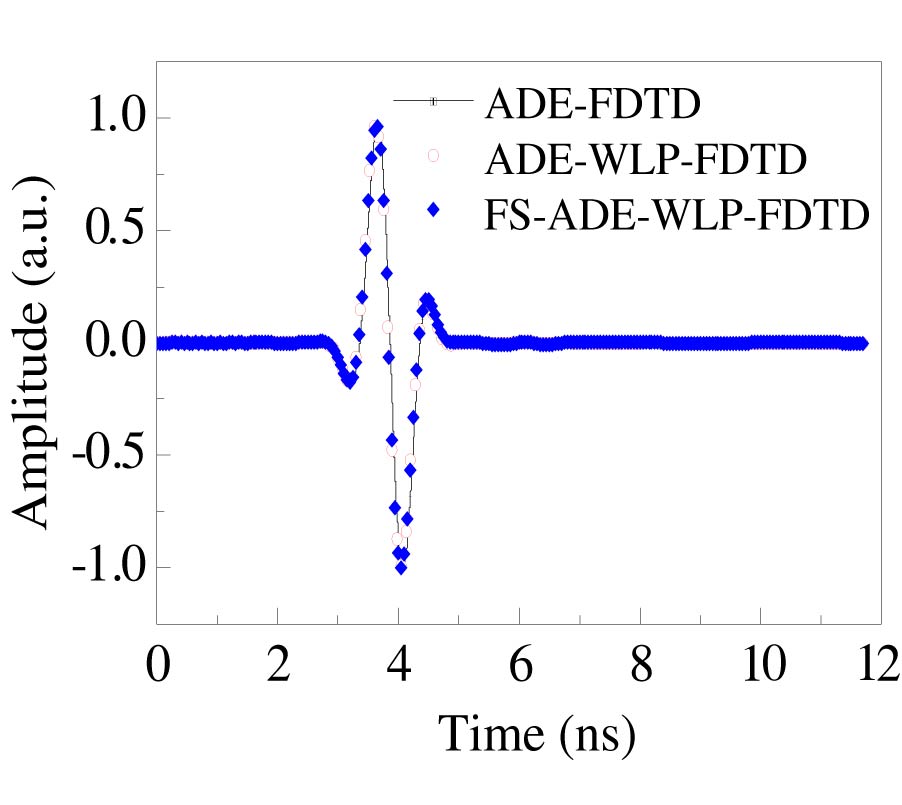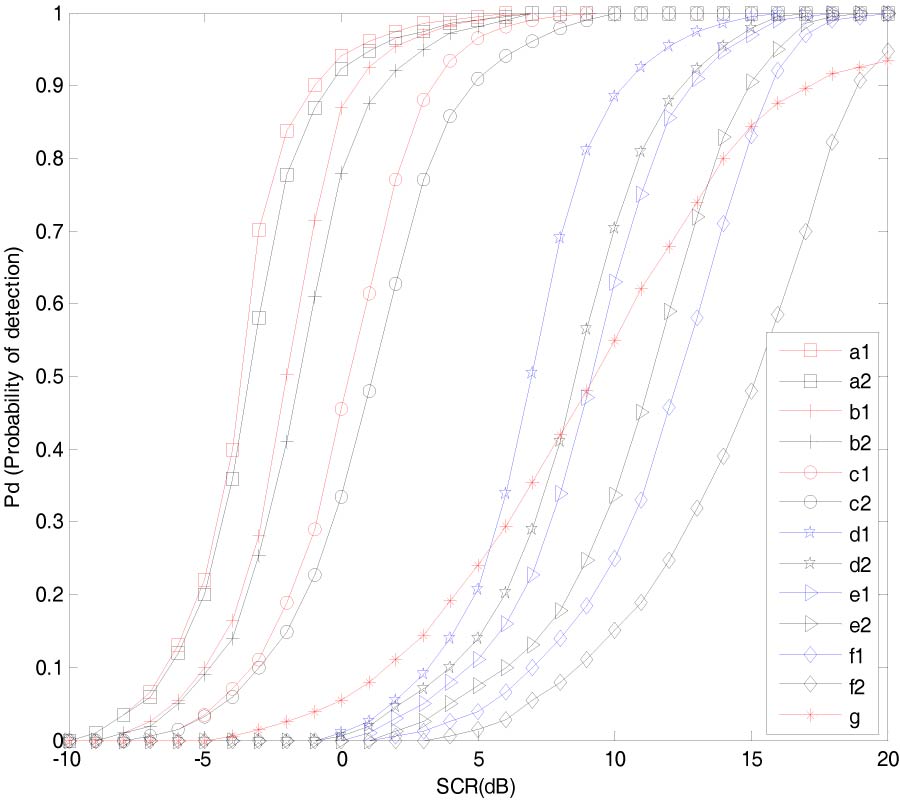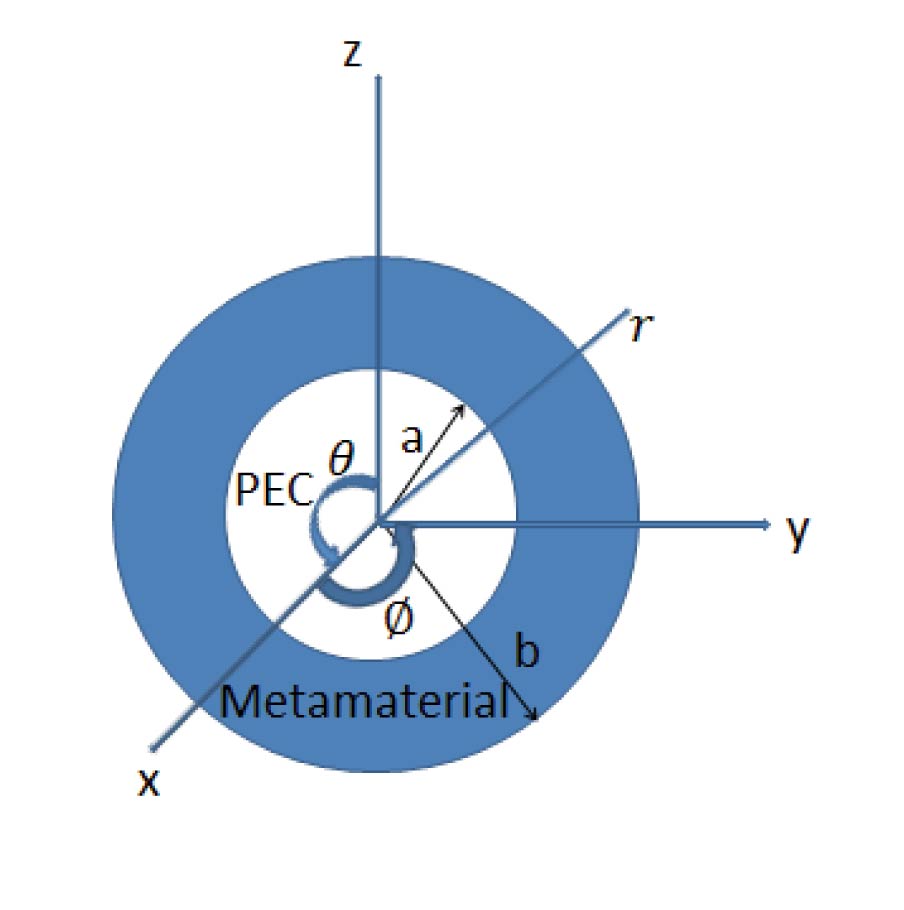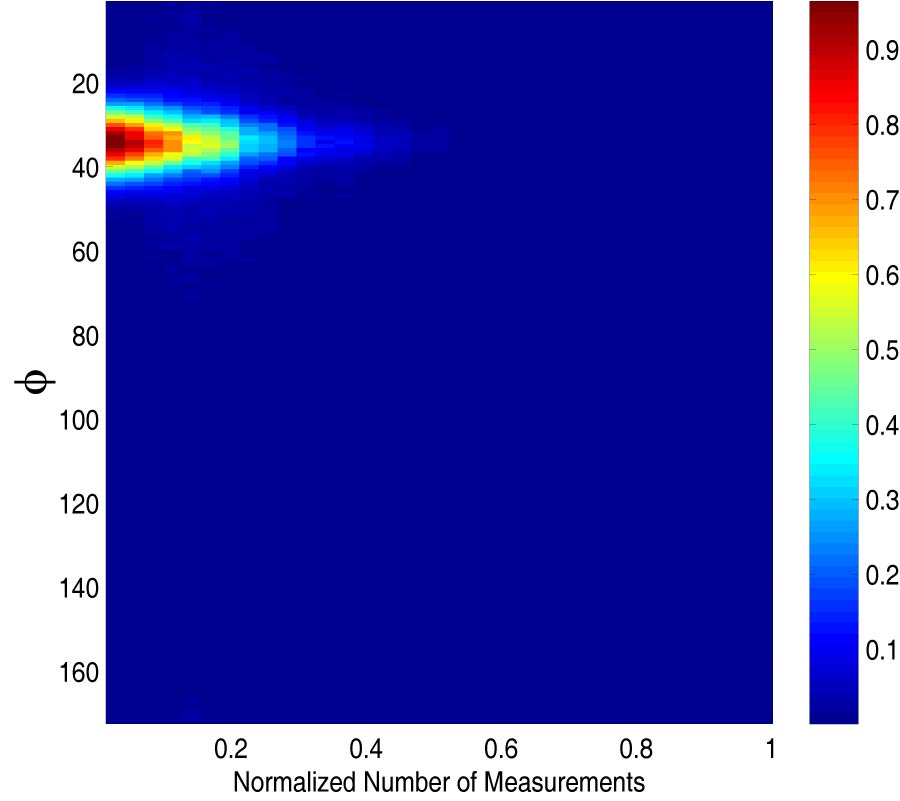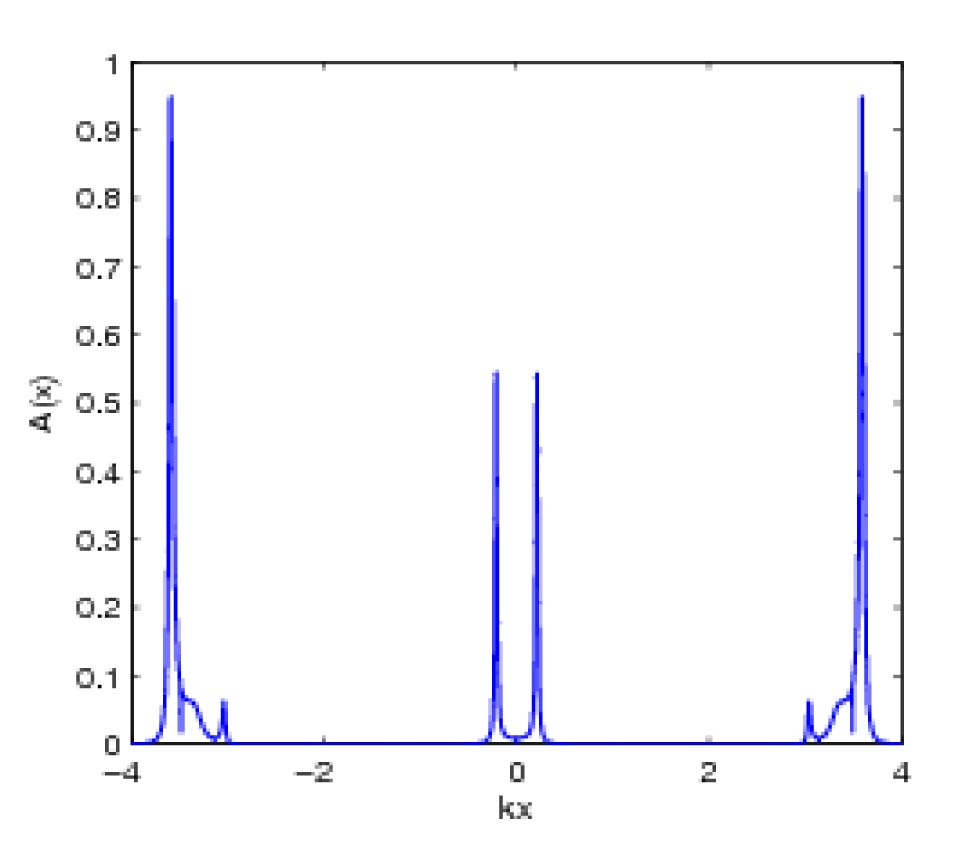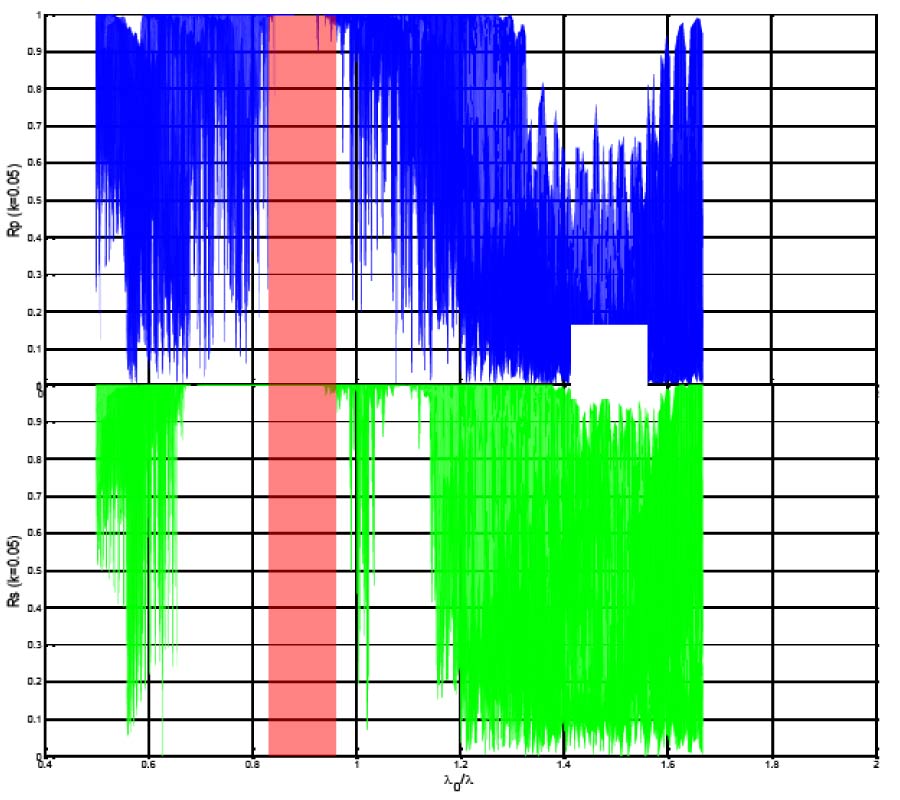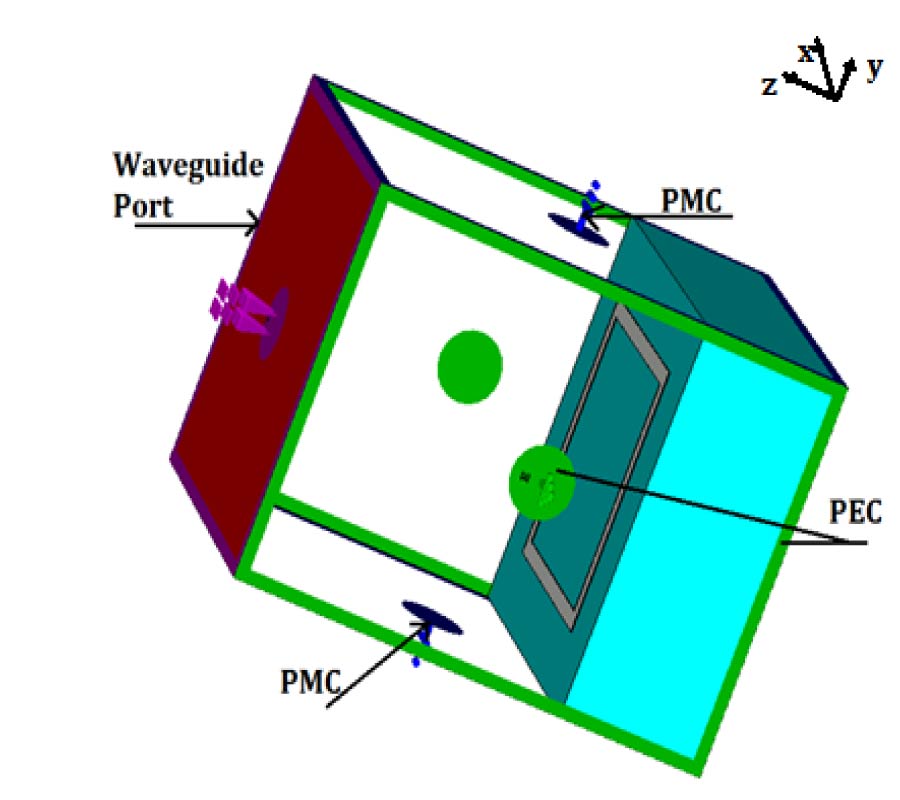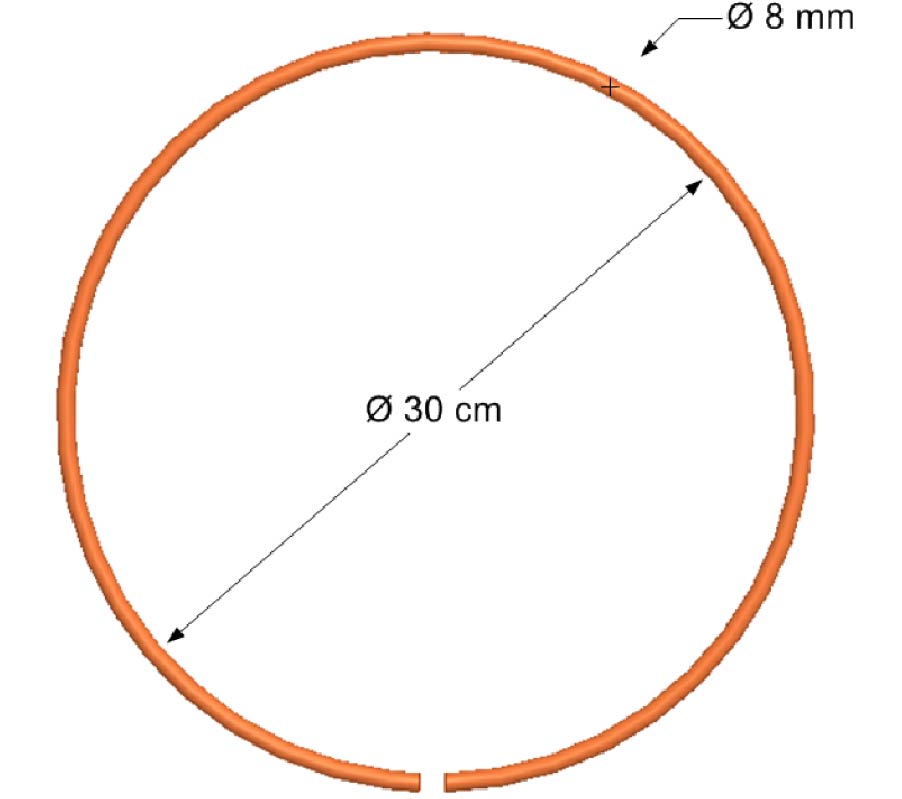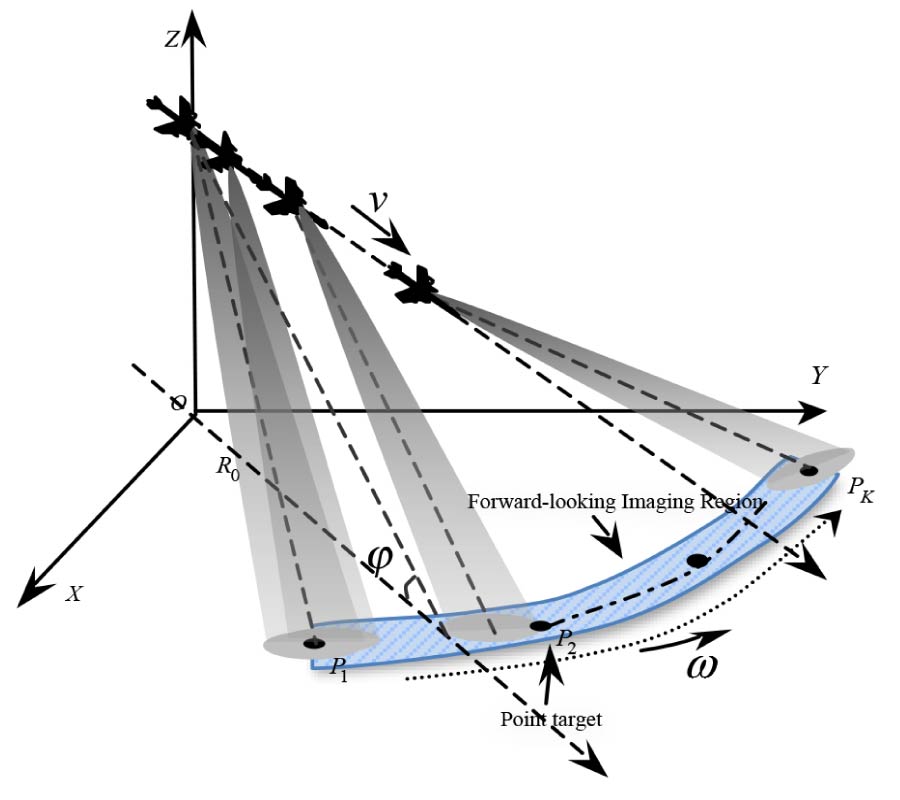Study of Optical Responses in Hybrid Symmetrical Quasi-Periodic Photonic Crystals
Zina Baraket,
Jihene Zaghdoudi and
Mounir Kanzari
The light propagation through a one-dimensional symmetrical photonic structure, determined by the symmetric Silver mean Ag4 distribution embedded between two Bragg structures Bg27 (Bg27/Ag4/Bg27), is studied using the transfer matrix method (TMM). The focus lies on the investigation of the influence of symmetry of the structure as well as the dependence of transmission on the frequency, angle of incidence of the light striking the structure and symmetrical deformation of the structure. The deformation was introduced by applying a power law, so that the coordinates y of the deformed object were determined through the coordinates x of the non-deformed structure in accordance with the following rule: y = x1+k. Here, k is the degree of the law. A comparison will be made with a symmetrical periodic structure having the same number of layers. All results will be discussed in relation with the k values. Indeed, in the case of low k values close to zero a monochromatic filter was obtained, and in the case of relatively high values, an omnidirectional mirror is obtained.
